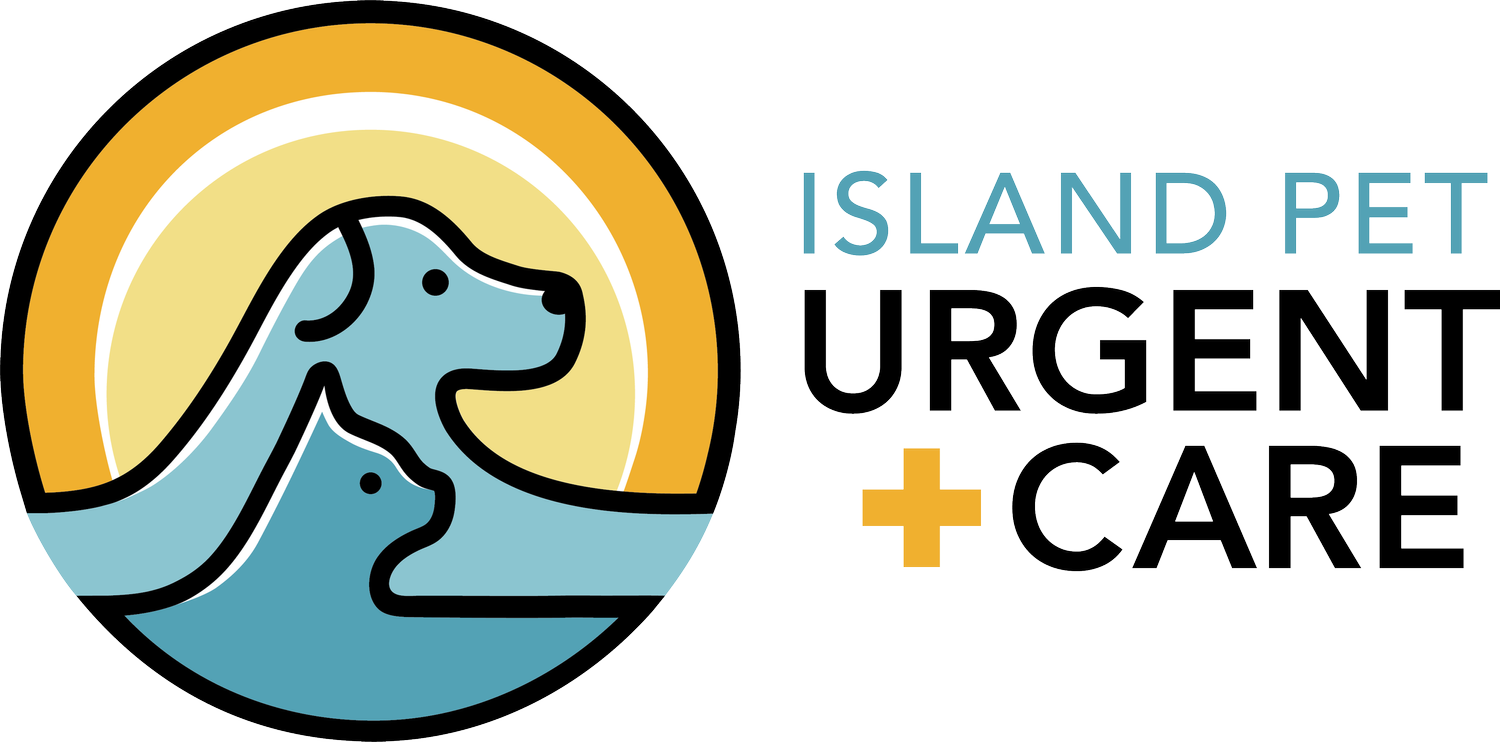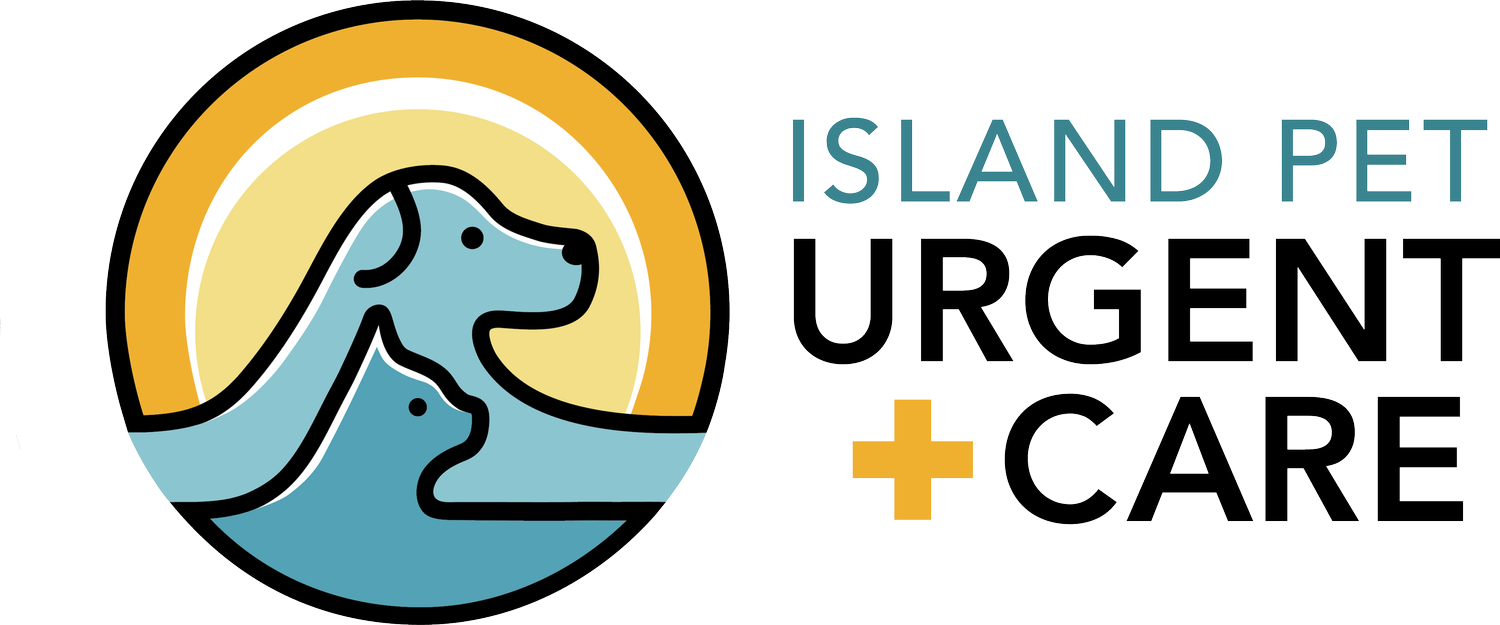Eye Troubles? Eye Emergencies in Cats and Dogs
Is your cat or dog all of the sudden squinting? Did your pet possibly get something in their eye? Did you just notice that Fluffy has a weird green discharge from her eye? Oh no!
These are all typical situations that can lead to serious eye problems without proper course of action. As a technician I have seen my fair share of eye emergencies and cannot stress the importance of your pet’s ocular health. If you are concerned that your pet may have something going on with their eyes and have some questions regarding the urgency of their vet visit… then this article is for you.
Common eye problems:
Discharge (of any color)
Redness or irritation
Trauma or injury
Changes in size of pupils
Acute vision changes or blindness
Sensitivity to light
Cloudiness
Abnormal movement/rolling of eyes
Visible foreign material in the eye
Blood inside the eye
What warrants an evaluation of your pet’s eyes?
Eyes are fragile and a little issue can quickly become a large problem without prompt evaluation and treatment. For example, a small corneal scratch can quickly turn into a large ulcer requiring more costly treatment if the pet is allowed to continue rubbing or scratching their eye.
The eyes can be an excellent indicator of overall pet health. Acute or fast happening changes may be a sign of a larger issue, such as high blood pressure, trauma, toxin, cancer, or neurological disease.
What to expect at an urgent care visit for your pet’s eyes:
Depending on how the eyes look at the time of the visit we may recommend diagnostics to evaluate for ulcers or scratches, changes in ocular pressures, and tear production. The veterinarian may recommend more advanced diagnostic tests depending on the physical exam and health history of your pet.
Common diagnostics performed at Island Pet Urgent Care:
Schirmer Tear Test
This is done by placing a small strip of special paper inside the eyelid to be sure tears are produced in the appropriate amount of time. A lack of tear production can predispose to other problems with the eye and could mean an underlying diagnosis of keratoconjunctivitis sicca, or dry eye.
Fluorescein staining
We place a drop of ophthalmic safe stain in the eye and then gently flush the eye with saline. We then use a black light to see if there is any stain uptake. The stain temporarily attaches to any rough surface (due to injuries or scratches) on the outermost portion of the eye (cornea). If we do see an injury then it will reflect brightly under the black light.
Tonometry (Intraocular pressure testing)
A specially calibrated and gentle hand-held machine is used to measure the pressure within your pet’s eyes. Too high a value could be indicative of glaucoma. Too low a value is often associated with inflammation. Normal is 15-25mmHg.
How do you treat eye problems?
Based on the findings from your pet’s diagnostic tests we will recommend the appropriate course of treatment. This may include eye medications and/or oral medications. If your pet is in pain then we may recommend medications for pain management. We will suggest using an e-collar to keep your pet from injuring their eye while they are healing.
Some eye emergencies might require a referral to a board-certified ophthalmologist due to the severity of the condition. We are happy to help facilitate this referral and provide your pet with immediate comfort while waiting for your appointment.
What can I do at home for my pet?
If you think there is something wrong with your pet’s eyes then the best option is to have them seen immediately. Please do not put anything in your pet’s eyes unless directed by a veterinarian. Avoid touching the eyes, as this may cause additional damage and infection. Place an e-collar on your pet as soon as possible and head to the vet. If your pet’s eye is bleeding or has visible trauma then a room temperature wet wash cloth can be gently placed over the eye to protect the area during transport to the nearest vet hospital.
Things like squinting, eye irritation, ocular discharge, or changes to the eyes can happen at any time and often require emergent evaluation. All new eye changes should be evaluated by a veterinarian as soon as possible. If your regular veterinarian’s office is closed then we are happy to help! Comfort can’t wait!
Author: Maria Van Swol, CVT, VTS(ECC)

